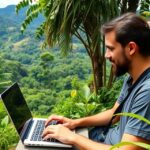Can I become a resident of Costa Rica without investing? We Explain
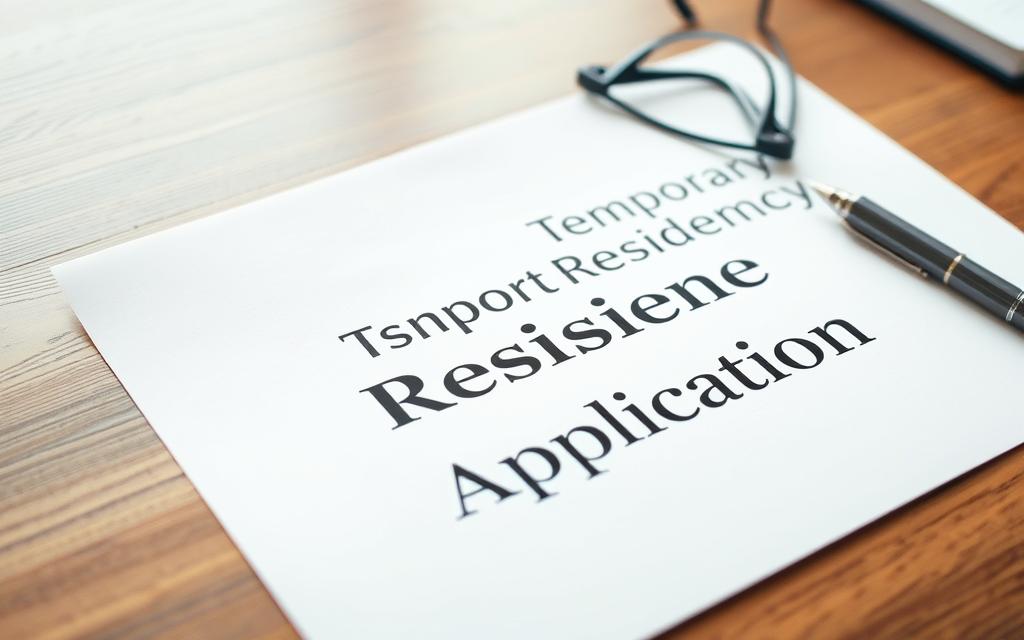
Nearly 70,000 Americans have made Costa Rica their home, with this number growing by 14% annually since 2020. This surge is driven by the country's natural beauty, political stability, and quality healthcare, making it an attractive destination for those seeking a tropical lifestyle.
Residency in Costa Rica is becoming increasingly popular among expatriates looking for a high quality of life without the high cost of living found in many Western countries. Understanding the immigration system is crucial before making any decisions about relocating.
We will explore the various pathways to becoming a legal resident in Costa Rica without significant financial investment, breaking down the options and requirements for a smooth transition.
Understanding Costa Rica's Appeal as a Residency Destination
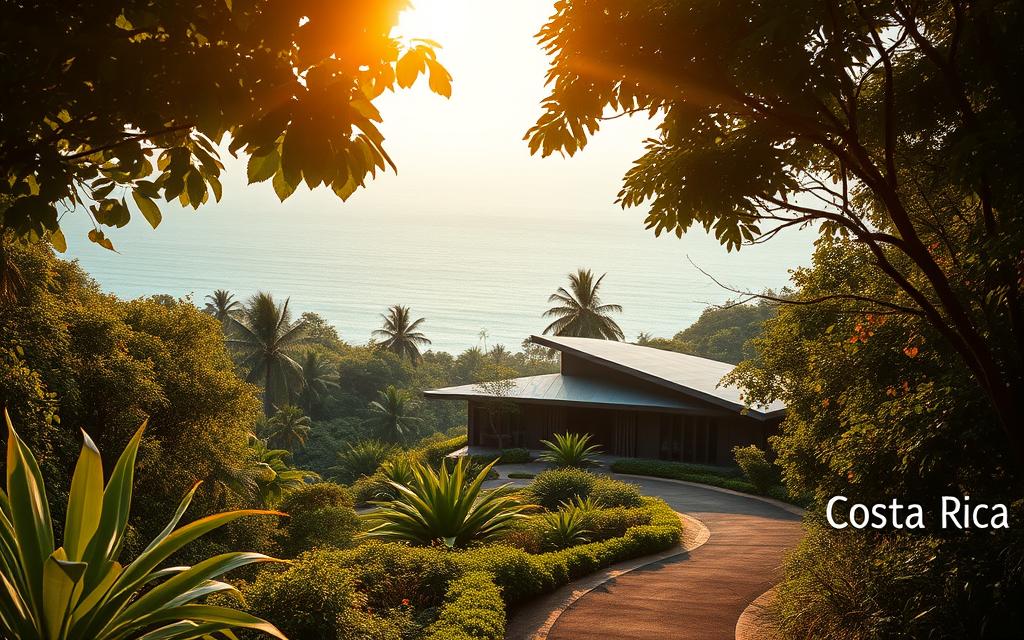
The allure of Costa Rica as a residency destination is multifaceted, encompassing its lush landscapes, vibrant culture, and welcoming environment for expatriates. This Central American country has become a magnet for individuals and families from around the world, drawn by its unique blend of natural beauty, political stability, and high standard of living.
The Growing Expat Population in Costa Rica
Costa Rica is experiencing a significant influx of expatriates, with nearly 70,000 Americans alone calling this paradise home, and numbers are growing by approximately 14% annually since 2020. The country's appeal extends beyond its stunning beaches and rainforests to include its political stability, peaceful democracy without a standing army, and a healthcare system that is ranked higher than many developed nations.
Benefits of Costa Rican Residency
Obtaining legal residency status in Costa Rica comes with numerous tangible benefits, including the ability to stay indefinitely without border runs, access to the Caja Costarricense de Seguro Social (CCSS) healthcare system, banking privileges, and legal protections. These benefits make Costa Rica an attractive option for those seeking a new home.
Overview of the Costa Rican Immigration System
Costa Rica's immigration system is structured into temporary residency categories and permanent residency. Understanding this system is essential for navigating the residency process. The Dirección General de Migración y Extranjería (DGME) processes applications, and applicants can expect a detailed evaluation of their eligibility based on specific requirements.
Costa Rica offers a variety of residency options, including rentista residency for those with stable income, investment residency for investors, and permanent residency for long-term residents. Each category has its requirements and benefits, making it crucial for applicants to choose the right program based on their financial situation, age, and long-term goals.
Can I Become a Resident of Costa Rica Without Investing?
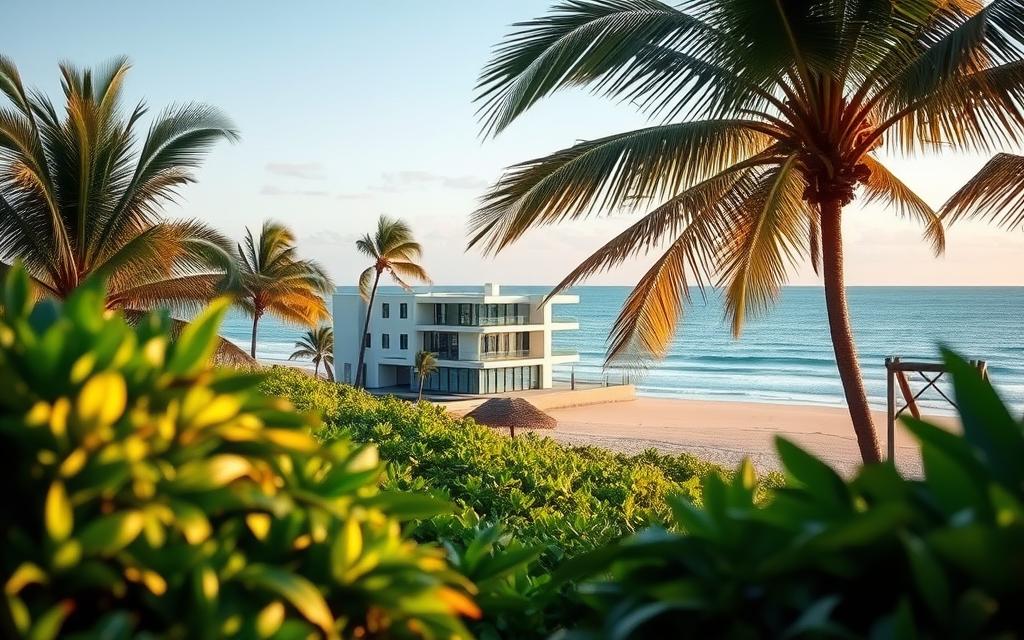
For those considering Costa Rica as their new home, the possibility of residency without a hefty investment is a pressing question. The good news is that Costa Rica offers several pathways to residency that don't require a significant upfront investment in property or business.
Non-Investment Residency Options at a Glance
Costa Rica provides various non-investment residency options, including the Pensionado program for retirees, the Rentista program for individuals with a guaranteed income, the Digital Nomad visa for remote workers, and family-connection options. These programs allow individuals to become legal residents by proving stable income or family ties rather than making a substantial investment.
The Pensionado program, for instance, requires a lifetime pension of at least $1,000 per month. The Rentista program necessitates a bank letter committing to provide $2,500 monthly for two years. These options cater to different needs and circumstances, offering flexibility for those looking to reside in Costa Rica.
Comparing Investment vs. Non-Investment Pathways
The investment pathway, known as Inversionista, requires a minimum investment of $150,000 to $200,000 in Costa Rican real estate or business. In contrast, non-investment pathways focus on proving stable income or family connections. While the investment route can lead to residency, it's not the only option. Non-investment pathways have different requirements and benefits, including varying processing times and renewal requirements.
For example, the application process and renewal requirements for non-investment pathways can be more straightforward, and they may offer a more direct path to permanent residency for some applicants.
Which Option Is Right for You?
Choosing the right residency option depends on several factors, including your age, income sources, family situation, and long-term plans in Costa Rica. For retirees, the Pensionado program might be the most suitable. For those with a guaranteed income, the Rentista program could be ideal. It's essential to evaluate your personal circumstances and goals to determine the most appropriate pathway.
By understanding the different residency options available and their respective requirements, you can make an informed decision that aligns with your needs and aspirations for living in Costa Rica.
The Pensionado (Retiree) Residency Program
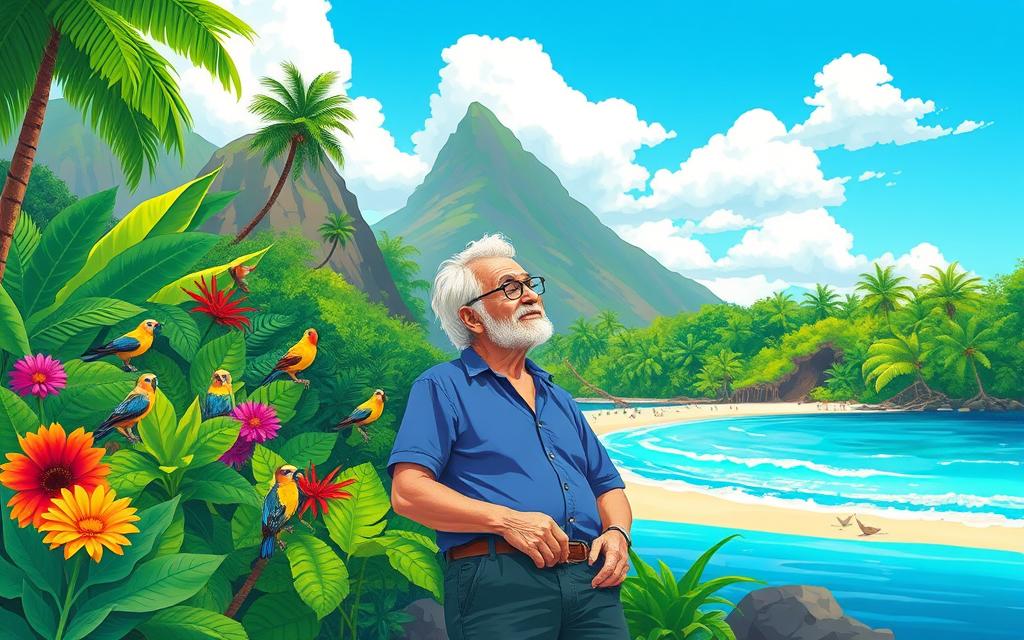
The Pensionado program offers a straightforward path to residency in Costa Rica for retirees with a guaranteed income. This program is particularly appealing to expats looking to enjoy their retirement in a tropical paradise without the complexity of investment requirements.
Eligibility Requirements and Income Thresholds
To qualify for the Pensionado program, applicants must demonstrate a lifetime monthly income of at least $1,000 from a government pension, Social Security, or other guaranteed retirement fund. This income threshold is a key requirement, and applicants must provide documentation to support their income claims. The income can come from various sources, including government pensions and company retirement plans, but it must be stable and verifiable.
Required Documentation for Pensionado Applicants
Pensionado applicants need to gather several documents, including a pension verification letter, a clean criminal record from their country of citizenship, a valid passport, and an apostilled birth certificate. If applicable, an apostilled marriage certificate is also required. Ensuring that all documents are properly authenticated is crucial for a smooth application process.
Benefits and Limitations of Pensionado Status
Pensionado status offers several benefits, including the right to legal residency without work restrictions, access to Costa Rica's CAJA healthcare system, and a pathway to permanent residency. However, there are also limitations, such as the need to maintain the required pension income, mandatory enrollment in CAJA, and the requirement to visit Costa Rica at least once per year to maintain status. For more information on transitioning to permanent residency, you can visit this page.
The Rentista Residency Program for Non-Retirees
The Rentista Residency Program offers a unique pathway for non-retirees to obtain residency in Costa Rica. This program is designed for individuals with a steady passive income who aren't yet retired. To qualify, applicants must demonstrate a stable financial background, ensuring their ability to support themselves in Costa Rica.
Qualifying with Passive Income
One of the primary ways to qualify for the Rentista Residency Program is by showing proof of stable monthly income of at least $2,500 for two years. This income can come from various sources such as rental properties, investments, or trust funds. It's crucial to document the sustainability of this income to satisfy Costa Rican authorities.
The Bank Deposit Option ($60,000)
For those who may not have a regular passive income, an alternative is to deposit $60,000 in a Costa Rican bank. This deposit can be used to withdraw $2,500 monthly, providing a financial safety net. To learn more about the investment residency options in Costa Rica, you can visit Jaros CR for detailed information.
Common Challenges with Rentista Applications
While the Rentista Residency Program offers a viable pathway to residency, applicants often face challenges, particularly with banking verification and proving income sustainability. Ensuring that all documentation is in order and meets the requirements can help mitigate these issues.
Family-Based Residency Options

Costa Rica's immigration policies provide opportunities for family members of Costa Rican citizens to obtain residency. For individuals with family ties to Costa Rica, obtaining residency can be a relatively straightforward process.
Marriage to a Costa Rican Citizen
Marriage to a Costa Rican citizen offers a relatively fast track to residency, typically within 4-6 months. Applicants must provide a valid marriage certificate and prove that the marriage is genuine and not solely for immigration purposes.
Parent of a Costa Rican Child
Being the parent of a Costa Rican child provides residency eligibility. Applicants need to document the parental relationship, provide proof of financial support, and evidence of an ongoing relationship with the child.
First-Degree Relative Connections
First-degree relatives, such as parents, siblings, or adult children of Costa Rican citizens, can also qualify for residency. The Costa Rican relative must formally request the residency on the applicant's behalf, and in some cases, proof of financial dependency may be required.
Family-based residency options often lead to permanent residency status more quickly than other categories. After seven years of legal residency, applicants may be eligible to apply for Costa Rican citizenship.
The Digital Nomad Visa Option

Launched in 2021 and refined in 2023, the Digital Nomad visa offers a unique residency option for digital professionals. This program is designed to attract remote workers and digital nomads to Costa Rica, providing them with a conducive environment to live and work.
Income Requirements and Eligibility
To be eligible for the Digital Nomad visa, applicants must demonstrate a stable income of at least $3,000 per month for individuals or $4,000 per month for families. They must also be employed by a foreign company or have clients outside Costa Rica. Additionally, applicants need to have health insurance that covers their entire stay in Costa Rica, a clean criminal record, and a valid passport with at least six months' validity.
Key Benefits and Tax Advantages
The Digital Nomad visa offers several benefits, including exemption from Costa Rican income tax on foreign-earned income and import duty exemptions for work equipment. Visa holders are not required to enroll in the CAJA healthcare system, although they must maintain private international health insurance. They can also use their home country's driver's license for the duration of their stay in Costa Rica.
Limitations and Renewal Process
The Digital Nomad visa is valid for one year and can be extended for an additional year. This makes it an excellent "bridge" option for those who want to experience living in Costa Rica before committing to a more permanent residency category. For more information on successful visa stories, you can visit Jaros CR.
Step-by-Step Application Process for Non-Investment Residency

Navigating the residency application process in Costa Rica can be complex, but breaking it down into manageable steps makes it more achievable. We will guide you through the essential stages to obtain residency without investment.
Document Collection and Authentication
The first step in the residency application process is gathering and authenticating the necessary documents. Before arriving in Costa Rica, you must collect several key documents from your home country. These include a valid passport with at least six months' validity, birth certificate, marriage or divorce certificates if applicable, a criminal background check from each country you've lived in over the past three years, proof of income or financial means specific to your residency category, and passport-sized photos with a white background. Each document must be authenticated through apostille certification for countries part of the Hague Convention or consular authentication, and then translated into Spanish by an official translator in Costa Rica.
Submitting Your Application in Costa Rica
Once you have all your documents ready, the next step is to submit your application in Costa Rica. This involves scheduling an appointment with the Dirección General de Migración y Extranjería (DGME), paying the required application fees, and attending your initial appointment. During this appointment, you will submit your documents and undergo an initial review of your application.
Navigating the Waiting Period
After submitting your application, you will enter a waiting period that typically ranges from 3 to 12 months, depending on your residency category. During this time, you can legally remain in Costa Rica on a tourist visa using your application receipt (comprobante). It's crucial to stay informed about the status of your application and be prepared to provide additional documentation if requested.
CAJA Enrollment and Healthcare Requirements
For most residency categories, enrolling in Costa Rica's healthcare system, known as CAJA, is mandatory. This involves registering at your local EBAIS clinic and making monthly premium payments based on your declared income, typically ranging from 7% to 11% of your reported income. Understanding and complying with CAJA enrollment is a critical step in the residency process.
Conclusion: Living Your Costa Rican Dream Without Major Investment
As we've seen, Costa Rica offers a variety of pathways to residency that cater to different circumstances, all without requiring a substantial upfrontinvestment. The country provides several residency options, including the Pensionado program for retirees, the Rentista program for those with passive income, family connections to Costa Ricans, and the Digital Nomad visa for remote workers.
These alternatives lead to temporary residency, which requires periodic renewal based on the original status. However, after three years, applicants can transition topermanent residency, eliminating the need for continued proof of their initial qualifying conditions. To maintain residency status, individuals must not be out of Costa Rica for more than one continuous year.
The journey to making Costa Rica your home is facilitated by its straightforward immigration process. Withpermanent residency, you can enjoy the country's high-qualityhealthcare, stable democracy, and relaxed lifestyle. Furthermore, after seven years of legal residency, the path to full citizenship is available, requiring proficiency in Spanish and a civics exam. By choosing Costa Rica as your new home, you're not just moving to a new country; you're becoming part of a vibrant community of expats and locals alike, all contributing to the rich tapestry of this beautiful nation.


